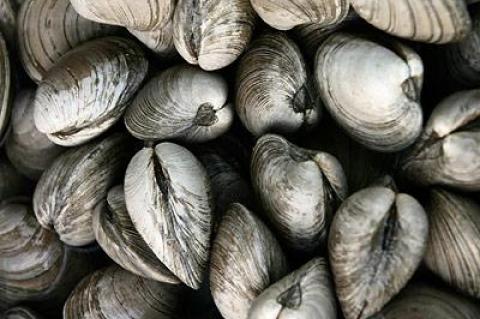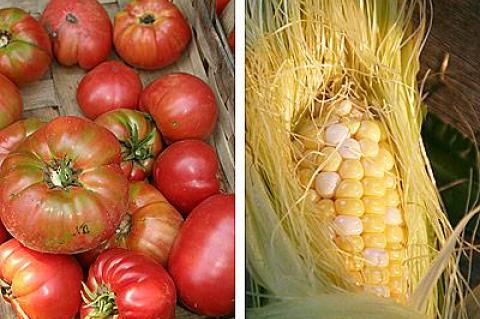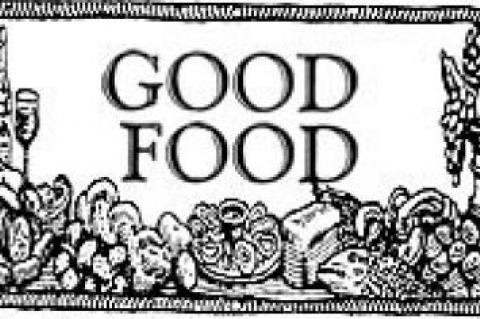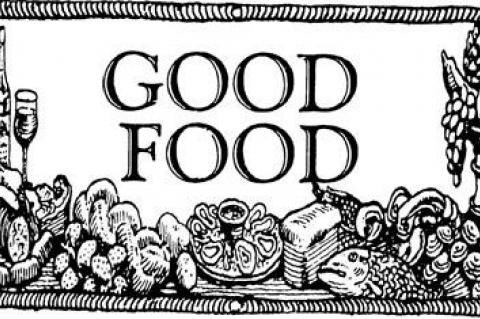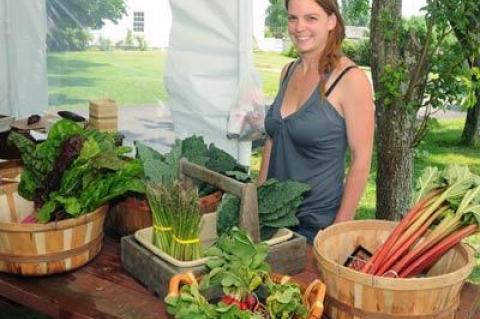Tips for canning and preserving the seasonal produce bounty will be provided by Liz Moran during a program at Quail Hill Farm in Amagansett from 10 a.m. to 1 p.m. on Saturday. Admission is free for farm members and $10 for nonmembers. Rain cancels.
Eat, Drink, and Be Happy
Now that fall is here, lots of restaurants are trying to lure in a bar crowd by offering specials on drinks and bar food, or even free eats.

